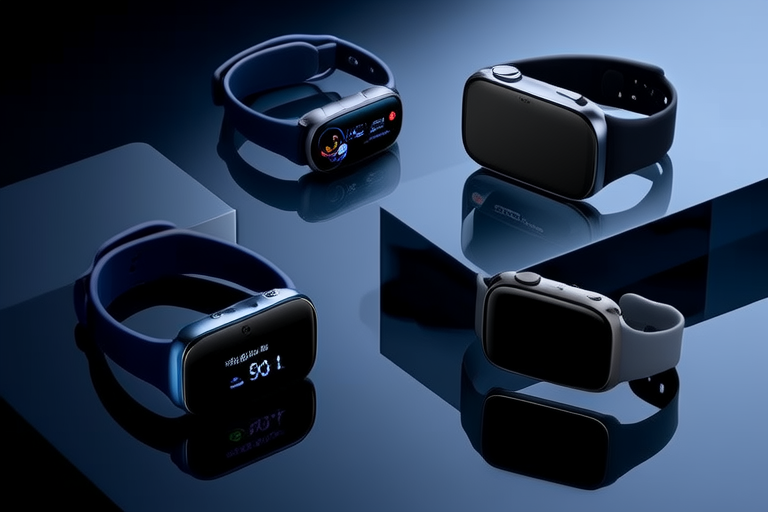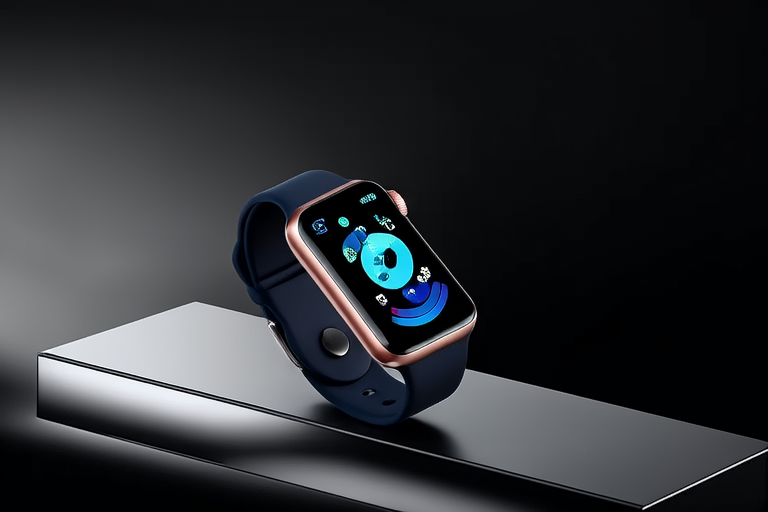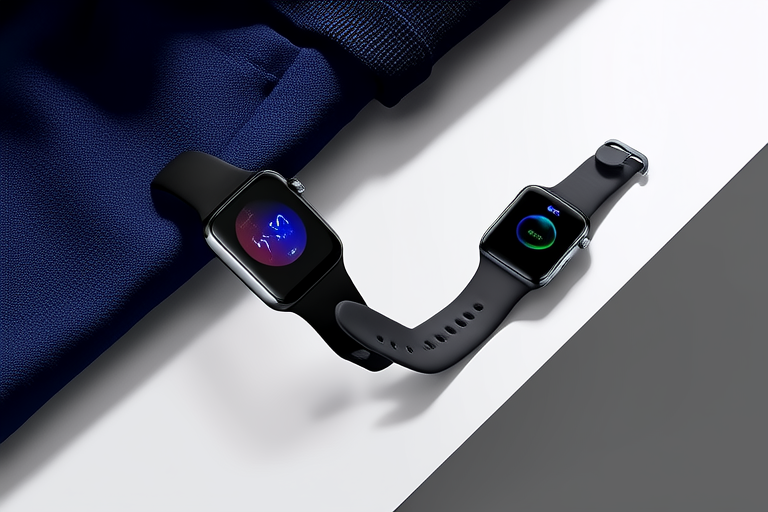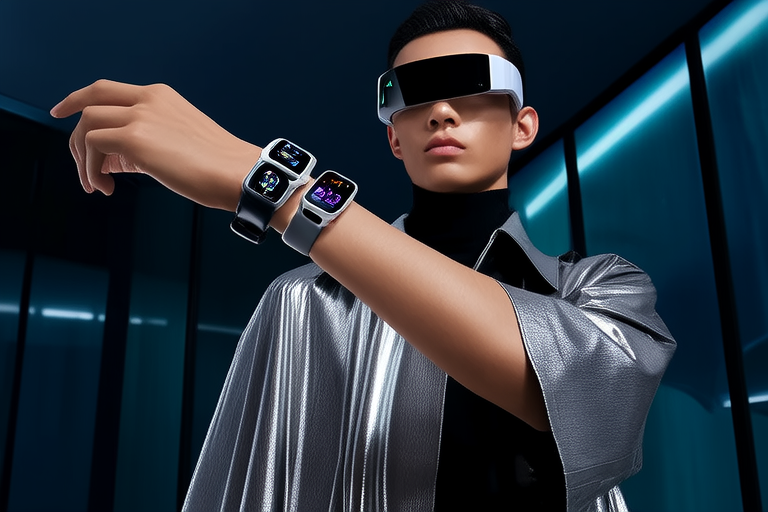Introduction
Wearable technology has evolved from a niche concept into a cornerstone of modern life, reshaping how we interact with the world and ourselves. Initially introduced as simple fitness trackers, wearables have transcended their original purpose to become multifunctional devices that influence nearly every aspect of daily living. Today, these gadgets are not just tools for counting steps or monitoring heart rates; they are sophisticated companions that enhance productivity, foster communication, and enrich entertainment experiences. As wearable technology continues to advance, its integration into various facets of society underscores its growing significance. From smartwatches that manage schedules to augmented reality glasses that redefine visual interaction, wearables are proving to be indispensable in navigating the complexities of contemporary life.
Current Applications of Wearable Technology
The versatility of wearable technology is evident in its widespread adoption across diverse domains. Smartwatches, for instance, have become ubiquitous accessories, offering users the ability to receive notifications, track fitness metrics, and even make payments without reaching for their smartphones. Health monitors, ranging from wristbands to chest straps, provide real-time data on vital signs such as heart rate, blood oxygen levels, and sleep patterns, empowering individuals to take charge of their well-being. Augmented reality (AR) glasses are another groundbreaking innovation, transforming industries like gaming, retail, and education by overlaying digital information onto the physical environment. These devices enable immersive experiences, allowing users to visualize products in 3D or access instructional content hands-free. Beyond personal use, wearables are enhancing workplace efficiency by streamlining communication and enabling remote collaboration. Collectively, these applications demonstrate how wearable technology is seamlessly integrating into our routines, improving health outcomes, boosting productivity, and redefining entertainment.
Emerging Trends in Wearables
The landscape of wearable technology is rapidly evolving, driven by advancements in artificial intelligence (AI), biometric sensors, and the Internet of Things (IoT). AI-powered wearables are at the forefront of this transformation, leveraging machine learning algorithms to deliver personalized insights and recommendations. For example, some devices can analyze user behavior to predict stress levels or suggest optimal times for exercise. Biometric sensors are becoming increasingly sophisticated, capable of measuring everything from glucose levels to hydration status, enabling more comprehensive health monitoring. Emotion-tracking wearables represent another exciting frontier, using facial recognition and voice analysis to gauge emotional states, which could revolutionize mental health care and interpersonal communication. Additionally, the integration of wearables with IoT ecosystems is creating interconnected networks where devices share data to optimize user experiences. This synergy allows wearables to adapt dynamically to individual preferences, making them smarter, more intuitive, and indispensable tools for modern living.
Impact on Health and Wellness
Wearable technology is ushering in a new era of healthcare, characterized by proactive, data-driven approaches to wellness. By enabling real-time health monitoring, these devices empower individuals to detect potential issues early and take preventive measures. For instance, continuous glucose monitors help diabetics manage their condition more effectively, while ECG-enabled smartwatches can alert users to irregular heart rhythms that may indicate serious conditions. Beyond disease management, wearables are fostering a culture of personalized wellness, offering tailored advice on nutrition, sleep, and physical activity based on individual data patterns. Medical professionals also benefit from this technological shift, as access to accurate, longitudinal health data enhances diagnostic precision and treatment planning. Moreover, wearables are democratizing healthcare by making advanced monitoring tools accessible to a broader audience, reducing the need for frequent hospital visits and lowering overall healthcare costs. As these devices continue to evolve, their impact on promoting healthier lifestyles and improving patient outcomes will only deepen.
Challenges and Concerns
Despite their numerous advantages, wearable technologies come with significant challenges that must be addressed to ensure their responsible adoption. Privacy concerns top the list, as these devices collect vast amounts of sensitive personal data, raising questions about who has access to this information and how it is used. Data security is another critical issue, with the risk of cyberattacks potentially exposing users’ private health metrics or location data. Battery life constraints further complicate usability, as frequent charging disrupts the seamless experience wearables aim to provide. Ethical considerations also arise from the constant connectivity these devices offer, blurring the boundaries between convenience and over-reliance. The potential for misuse, such as employers tracking employees’ biometric data without consent, highlights the need for robust regulations and transparent practices. Addressing these limitations and risks is essential to building trust and ensuring that wearable technology serves as a force for good in society.
The Future Landscape
Looking ahead, the next decade promises to bring transformative changes to wearable technology, unlocking possibilities that were once confined to science fiction. Fully immersive augmented reality experiences are expected to redefine how humans interact with their surroundings, blending the digital and physical worlds in unprecedented ways. Imagine AR glasses that project holographic interfaces onto any surface, enabling seamless multitasking or virtual meetings that feel as natural as face-to-face conversations. Human-computer interaction will also reach new heights, with wearables interpreting gestures, eye movements, and even brainwaves to execute commands effortlessly. In education, these devices could facilitate interactive learning environments, while in the workplace, they might streamline complex tasks through real-time guidance and automation. Social settings will see wearables enhancing communication, perhaps through emotion-detecting features that foster deeper empathy and understanding. As these innovations unfold, wearables are poised to become indispensable tools, seamlessly woven into the fabric of everyday life.
Conclusion
Wearable technology is undeniably reshaping the way we live, work, and connect with the world around us. From their humble beginnings as fitness trackers to their current status as multifunctional devices influencing health, productivity, and entertainment, wearables have demonstrated an extraordinary capacity to adapt and innovate. However, as we embrace the benefits of this transformative technology, it is crucial to approach its development and adoption with responsibility and foresight. Addressing privacy concerns, ensuring data security, and mitigating ethical risks will be key to maximizing the positive impact of wearables while minimizing potential drawbacks. By striking this balance, society can harness the full potential of wearable technology, paving the way for a future where these devices not only enhance individual lives but also contribute to a more connected, informed, and empowered global community.




